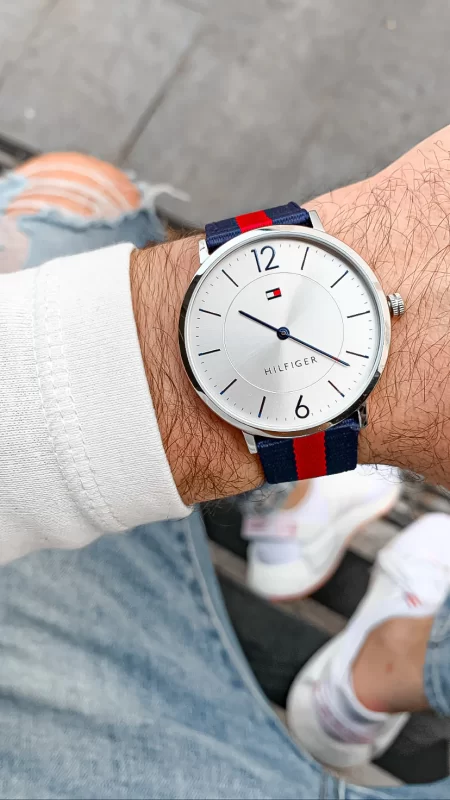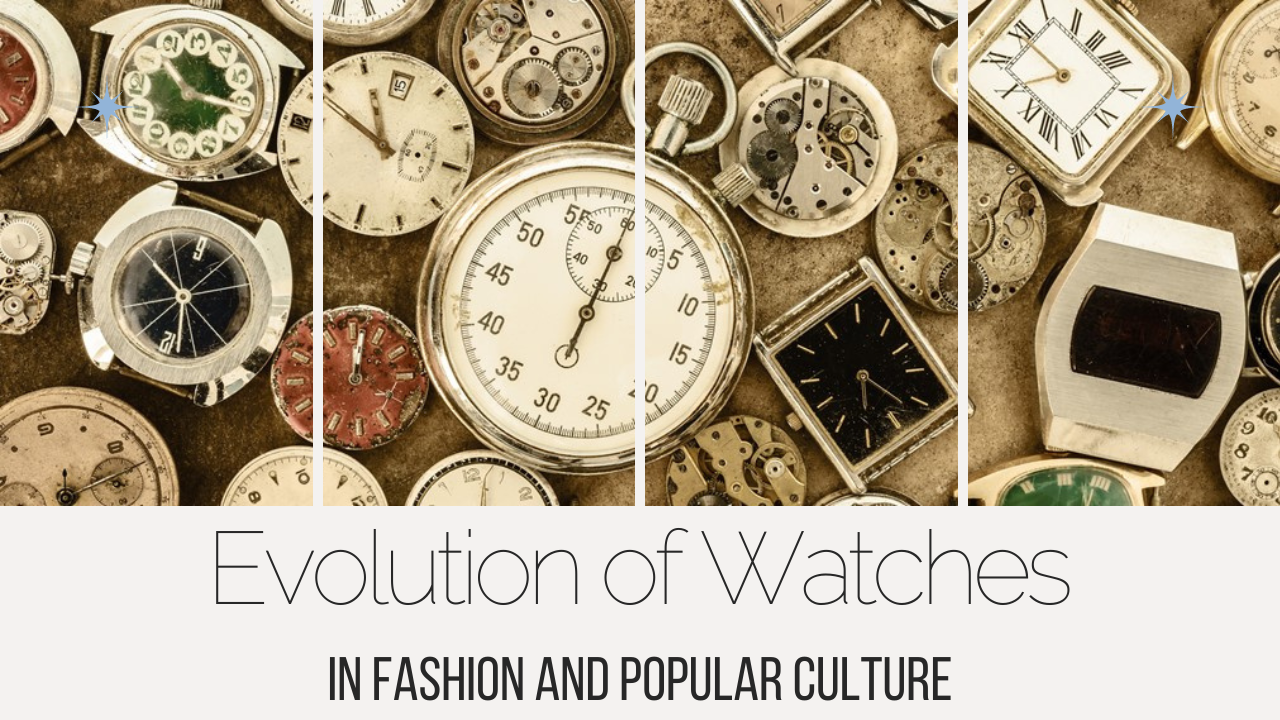Style
Evolution of Watches in Fashion and Popular Culture
Watches have been a staple of fashion and popular culture for centuries. From the pocket watches of the 19th century to the modern watches of today, timepieces have played a significant role in shaping our style and the way we interact with time.
One of the earliest examples of watches being used as a fashion accessory is the pocket watch. In the 19th century, pocket watches were worn by both men and women, and were often adorned with intricate engravings and precious stones. They were a symbol of wealth and status and were often passed down as family heirlooms. Over years, modern watches have adopted design cues from traditional pocket watches. Like the Fossil FS5738 with its huge 50mm dial which can be worn on the wrist or carried around as an accessory.

As wristwatches became more popular in the 20th century, they began to be used as a fashion statement. From the Art Deco-inspired watches of the 1920s to the oversized, bold watches of the 1970s and 80s, watches have reflected the fashion trends of each decade. Today watches come in a wide variety of styles, from sleek and minimalist to bold and colorful. This boom in contrasting trends gave us the ever-elegant and minimal Movado 3600241, as well as the bold and striking Guess W1053L1 watch.


Watches have also played a role in popular culture. From James Bond’s iconic Omega Seamaster to the Apple Watch worn by characters on shows like “Breaking Bad” and “Mad Men,” watches have been featured in countless films and TV shows. The watch worn by a character can often provide insight into their personality or profession. These appearances gave us iconic designs that inspired the Tommy Hilfiger 1791328 as well as the Emporio Armani AR11362 watch.


In conclusion, watches have played a significant role in both fashion and popular culture throughout history. They have been used as a symbol of wealth and status, a fashion statement, and a tool to stay connected. As technology continues to evolve, it will be interesting to see how watches continue to shape our style and the way we interact with time.



